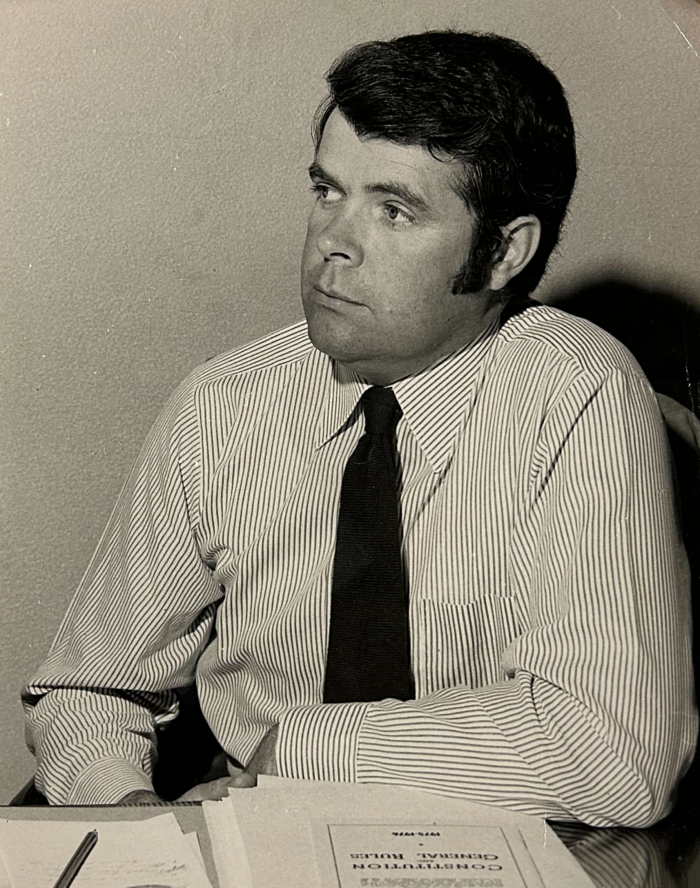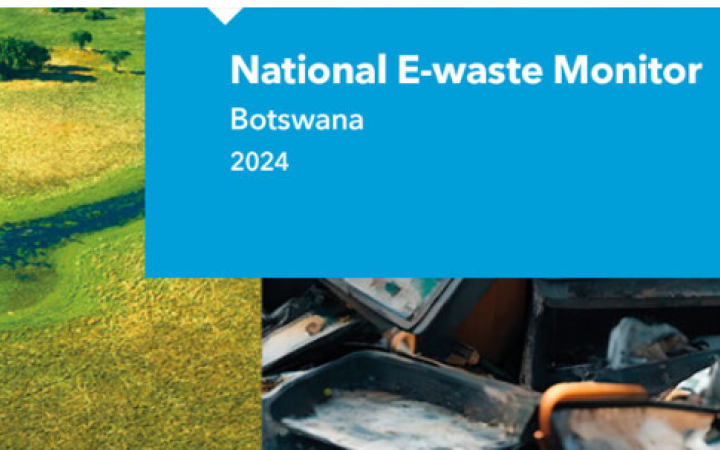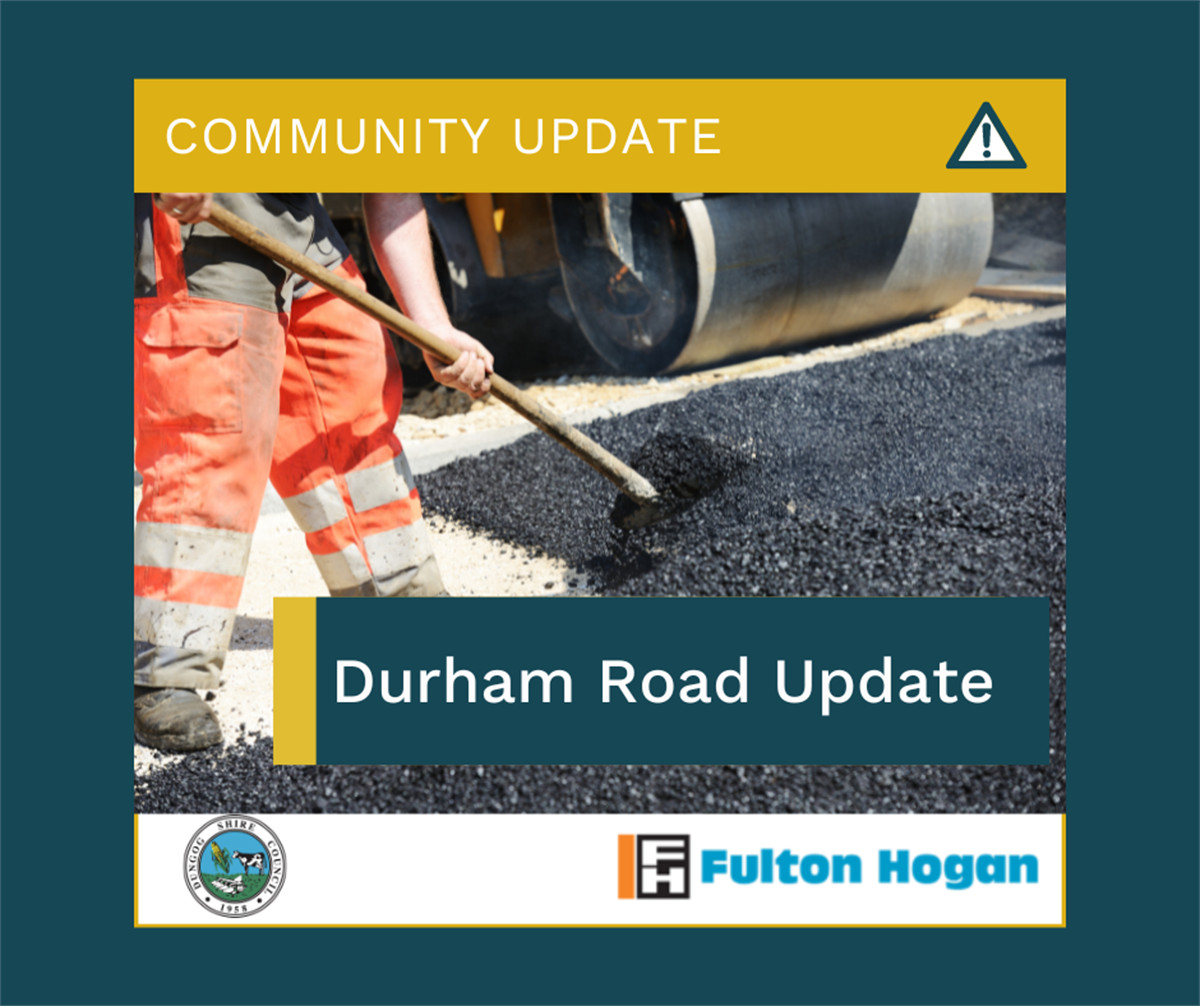The Federal Government has committed households to paying more for food after tearing up the 2012 Murray-Darling Basin Plan to buy even more water from farmers going into drought.
The legislation tabled today dramatically shifts the goalposts agreed in 2012 with bipartisan support, that all Basin States signed onto and that Basin communities understood to be the limits on the hardship they would bear from this reform.
NSWIC CEO Claire Miller said buybacks were not allowed towards the extra 450 GL promised to South Australia in 2012, because the then Water Minister said the rule was no downsides to recovering that water, and buybacks had downsides.
“The new Basin Plan is very far from the spirit and the law of the 2012 Plan. It allows open slather on buybacks and will inevitably add to cost of living pressures as farmers struggle to maintain production with less water, Ms Miller said.
“The Basin Plan to date has increased water for rivers to 72% of inflows, while costing small towns more than 3100 jobs.
“More buybacks at this stage are not what many scientists say the rivers need most. They point to urgent action so rivers can breathe free of invasive species like carp that wreck habitat and water quality, fish passageways, action to fix cold water pollution, and working with landholders to get more water onto floodplains.
“Instead, the Government is spending billions of dollars on unnecessary additional buybacks beyond what the original Basin Plan allowed, and kicking action on carp and other complementary measures years down the road after it has already drained the Basin budget.
“The new Basin Plan is solely about delivering an election promise to South Australia.
“So as the nation grapples with a cost-of-living crisis, the Government is effectively asking consumers to foot the bill to shore up seats in Adelaide.
“Vague promises of other options apart from “more buybacks and structural assistance for affected communities are just that – vague promises. It cannot be trusted to make good on them.
The Government’s own data through the Australian Bureau of Agricultural and Resource Economics and Sciences (ABARES) says water buybacks have already driven water allocation prices above $200/ML in three out of 10 years. That same Government data estimates taking another 450 GL from farmers would push this to eight out of 10 years.
“Higher input costs lead to higher cost of food and fibre, resulting in increased costs at the checkout. At the same time, less water means less food and fibre grown, also putting pressure on consumer prices.”
NSWIC is firm in its position that the legislation in its current form cannot be supported due to the overwhelmingly negative impacts it would have on cost of living and on those regional communities who rely on access to water for their livelihoods.
Water recovery is largely complete, with 98% of the surface water buybacks already complete, and Sustainable Diversion Limits (SDLs) now in place. This means the Murray-Darling Basin now has just 28% of inflows diverted, with 72% remaining in rivers, globally recognised as a world leading reform.
“With SDLs being complied with, it is clear the issue is about water quality, not volume. The NSW Chief Scientist has said ‘water policy and operations focus largely on water volume, not water quality. This failure in policy implementation is the root cause of the decline in the river ecosystem and the consequent fish deaths,'” Ms Miller said.
“To date, 2,107.4 GL has been recovered, exceeding the 2075 GL target. Data shows that all valleys are now not only compliant with SDLs, but have a chronic trend of underusage (i.e. water diversions are well under the SDL).
“So if SDLs are being complied with, and actual diversions are significantly below these limits – why the need for more buybacks?”








